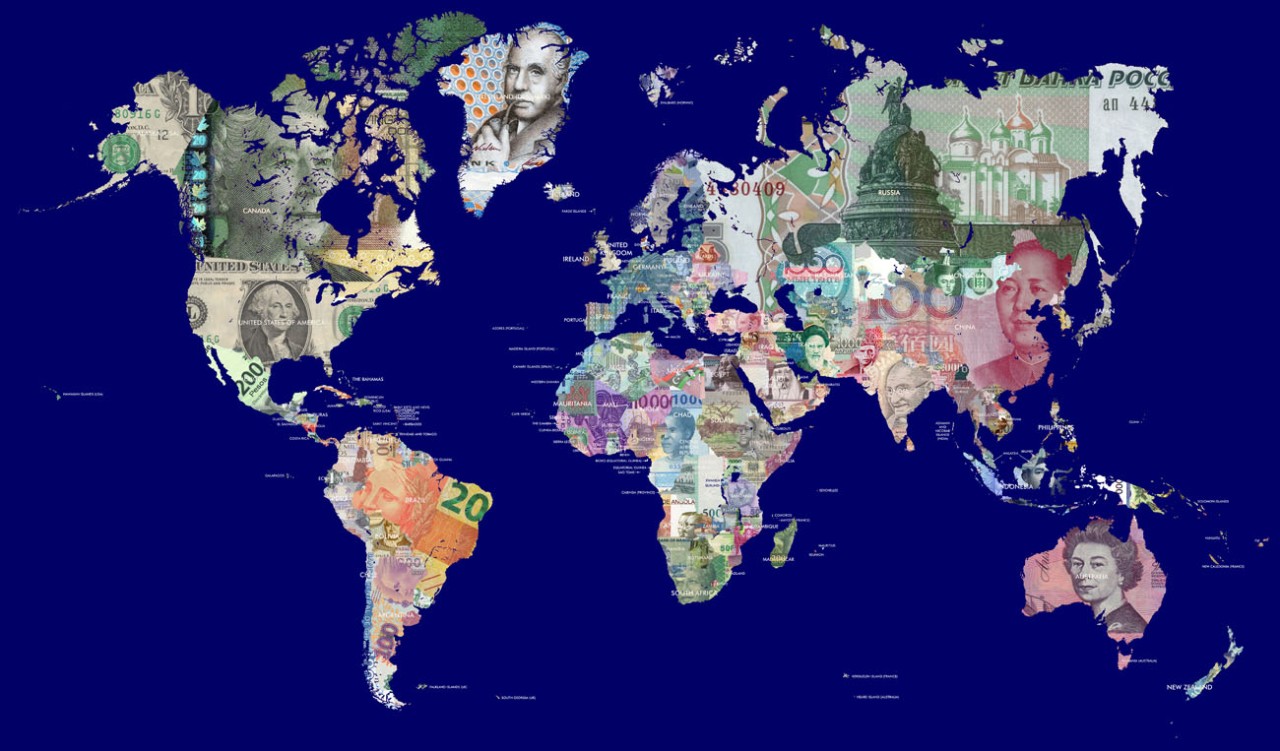The decade has changed, the challenges have not. But some of the pain of the past couple of years may be easing. In their latest report, Allianz economists list their top 10 expectations from 2020...
The 1920s were the ‘Roaring 20s’. Which kind of 20s this decade will be, is hard to predict just yet. The last few years of the past decade were characterized by uncertainties. A spillover is inevitable, what with the political and economic climate being cloudy at best.
Still, there are signs of things to come. According to Allianz economists, 2020 could witness a turning point in policies to defend growth at all costs as social tensions stay elevated, political risks multiply and climate change throws a spanner into the best-laid plans.
In its latest report, Allianz Research identifies the top ten things to watch this year.
1) Global economic growth: The worst may be over
It’s not time to break out the bubbly yet but global economic growth may have bottomed out towards the end of 2019 due to the end of the trade and industrial recession. That said, the world economy will grow at a sluggish pace of below 3 percent between 2020 and 2021. A fallout could be a rise in worldwide insolvencies by 6 percent this year, below the 9 percent expected for 2019 but a high rate all the same.
2) U.S.-China relations: Signs of reconciliation
A truce has been called. A trade deal is being signed. While the mini-deal is unlikely to be a game-changer, it does take some of the edge off the uncertainties in a U.S. election year. For now, the average U.S. tariff is expected to stay at 7 percent.
3) U.S. spending: Debt increase ahead
For the U.S., 2020 will be crucial. It’s a politically charged Presidential elections year but whatever the outcome, fiscal spending is likely to increase. In July 2019, a cap higher by $300 billion for government spending was agreed upon for 2019 and 2020. From 2021 onwards, more expansionary initiatives are expected on the fiscal side. The U.S. is expected to further explore the road of higher public and corporate debt.
4) China stimulus: Focus on managing slowdown
A new stimulus might not be a gift the world economy can expect from China this year. The country’s economic growth is seen slowing to 5.9 percent in 2020 and 5.8 percent in 2021 from 6.2 percent expected for 2019. China’s focus is likely to be on managing the slowdown, not reversing it.
5) Eurozone: Steady but somber
Growth in the Eurozone is likely to remain below its 1.4 percent potential. A favorable labor market and strong wage growth means consumers will remain supportive and the overhang of the Brexit saga will ease but the sluggishness in Germany, uneasy government coalitions, simmering social discontent and the threat of U.S. tariffs on European cars will keep the mood somber.
6) Central banks: Safety net to stay
This year, monetary policies will remain the safety net for markets. The U.S. Federal Reserve is expected to cut rates in March 2020 as the country’s manufacturing sector struggles. Any normalization can be expected only after the second half of 2021. No tightening from the European Central Bank either. A rate cut could come in April and quantitative easing would continue until the end of the year at least. The story will be the same for other central banks around the world.
7) Social discontent: Shaping policies and procedures
As the protesting voices get louder, big business and governments will have little choice but to respond. Fiscal policies will have to become more redistributive as the political situation remains fragile across the world. Social tension in various parts of the world is not seen subsiding. In this scenario, companies too will be forced to shift their focus from profits to wages.
8) Home is where the profit is
Home might well be where the heart will be. Expansionary monetary and fiscal policies could boost domestic demand, helping companies that depend more on the domestic sector to outperform those with global supply chains. The auto industry in particular is in a precarious position. Although there will be long-term disruptions, some short-term stabilization can be expected if the Chinese market revives.
9) Assets class correlations: Limping back to normalization
In the recent past, monetary policies knocked off quite a bit of the correlations between asset classes. The result? Risky assets such as equities, corporate bonds and emerging market instruments stayed largely immune to the economic and political headwinds while safe-haven assets such as developed world sovereign bonds ignored an improvement in the economic conditions. That could change.
10) Emerging markets: Stabilization ahead
They’re still not out of rough weather but emerging markets could see some stabilization in the next quarters. 2019 brought plenty of challenges for export-oriented emerging markets such as India, Russia and South Africa. But with a lower inflation and a leeway to increase fiscal support, some stability could return to them this year.
About Allianz
The Allianz Group is one of the world's leading insurers and asset managers with around 125 million* private and corporate customers in nearly 70 countries. Allianz customers benefit from a broad range of personal and corporate insurance services, ranging from property, life and health insurance to assistance services to credit insurance and global business insurance. Allianz is one of the world’s largest investors, managing around 737 billion euros** on behalf of its insurance customers. Furthermore, our asset managers PIMCO and Allianz Global Investors manage about 1.7 trillion euros** of third-party assets. Thanks to our systematic integration of ecological and social criteria in our business processes and investment decisions, we are among the leaders in the insurance industry in the Dow Jones Sustainability Index. In 2023, over 157,000 employees achieved total business volume of 161.7 billion euros and an operating profit of 14.7 billion euros for the group.
* Including non-consolidated entities with Allianz customers.
** As of December 31, 2023.
Press contacts
Lorenz Weimann
Allianz SE
Cautionary note regarding forward-looking statements
As with all content published on this site, these statements are subject to our cautionary note regarding forward-looking statements:
Further information
Related stories
Making sure you are financially prepared for retirement is one of the most important steps you can take to protect both yourself and your family – and it is a step best taken early. Unfortunately, a recent U.S. study suggests that many People of Color may not be ready for the time after they stop working.
The Covid-19 pandemic is one of the largest economic loss events in history for companies and insurers alike. Claims trends and risk exposures are likely to evolve in both the mid- and long-term as a result of the pandemic, according to a new report Covid-19 – Changing Claims Patterns from AGCS...
A year to miss for several reasons, 2019 was also when global wealth jumped to a new record high. But not everyone benefited. And a positive trend towards financial equality reversed, according to the Allianz Global Wealth Report 2020...



